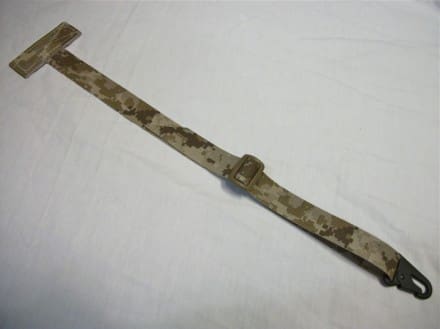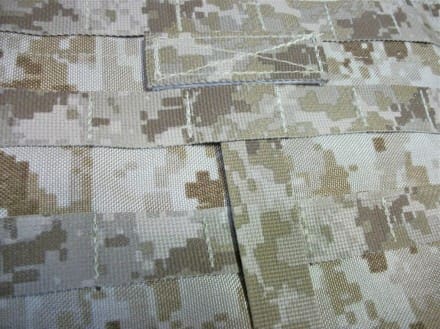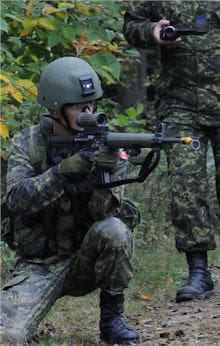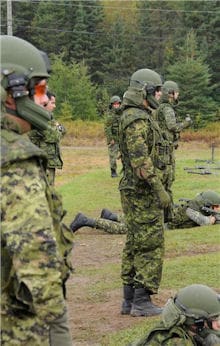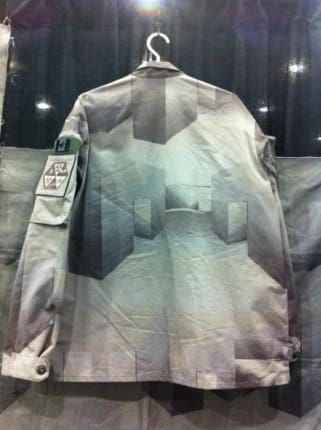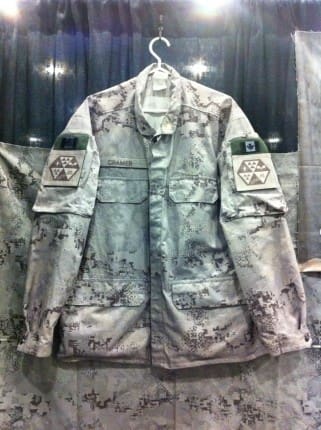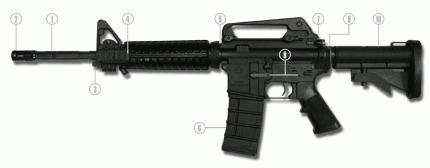Canada’s CTOMS is well known for their medical gear but not a lot of people know that they also build some awesome load carrying systems. There are harnesses out there as well as padded MOLLE gun belts, and some of those are even armored, but none offer the versatility of the X-Belt/M-Harness System. Quite frankly, it does some things that others don’t.
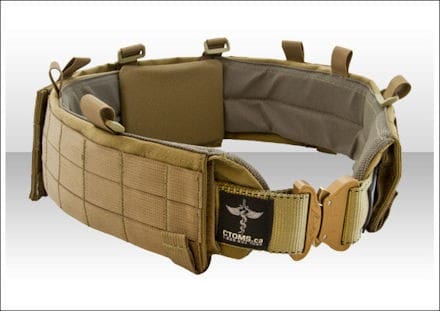
Now in it’s 2nd Generation, the X-Belt Quick Release and Padding System has been updated to accept armor inserts, has 4 rows of PALS on the back panel to facilitate a larger armor panel, accepts 2†internal belts, and an adjustable size padding system for a lower profile. Additionally, the X-belt itself now features soft anchor loops. However, if you miss CTOMS’ original, Gen 1 X-Belt with the pop-out front metal V-ring, take heart. They tell me it is currently in development and that they will be bringing it back in an M-Harness (pull tested, rated) compatible configuration soon.
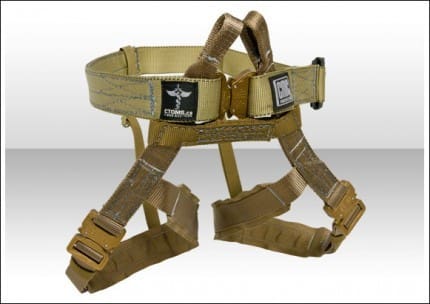
The M-Harness is a tactical climbing harness. It is certified to ASTM F1772 â€99 (reapproved 2005) Standard Specifications for Climbing Harnesses and can be rapidly integrated for use with the X-Belt.
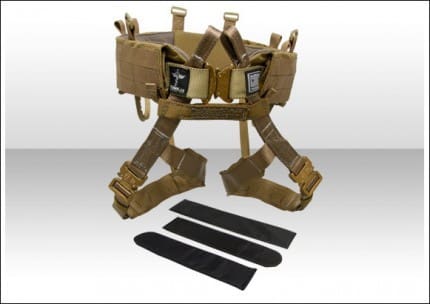
When you combine all of the components, you get an armored, loadbearing belt that also serves as a padded Class 2 harness for use in high threat, high angle operations.
CTOMS X-Belt / M-Harness Brochure
What nice about the X-Belt/M-Harness System is that it is just that; a system. Due to its inherent modularity and scalability, you can configure it as anything from a simple padded belt to a fully armored, climbing harness system. Not only that, you can purchase only the components you require so you aren’t stuck with capability you don’t need. Check it out if you’re in the market for something a little more substantial than your average gun belt.
www.ctoms.ca
Note from CTOMS: The armor inserts are cut from Kevlar sheets rated at NIJ level IIIa, however due to the size and shape of the cuts, these inserts are NOT RATED AT ALL. Due to backface deformation beyond allowable standards set for the ratings that may occur within 2 inches of the edge of the material, these inserts are NOT garanteed to provide any ballistic protection. The purchaser and end user assumes all risk and responsibility and CTOMS Inc. waives all liability in the reliance on this product for ballistic protection.


